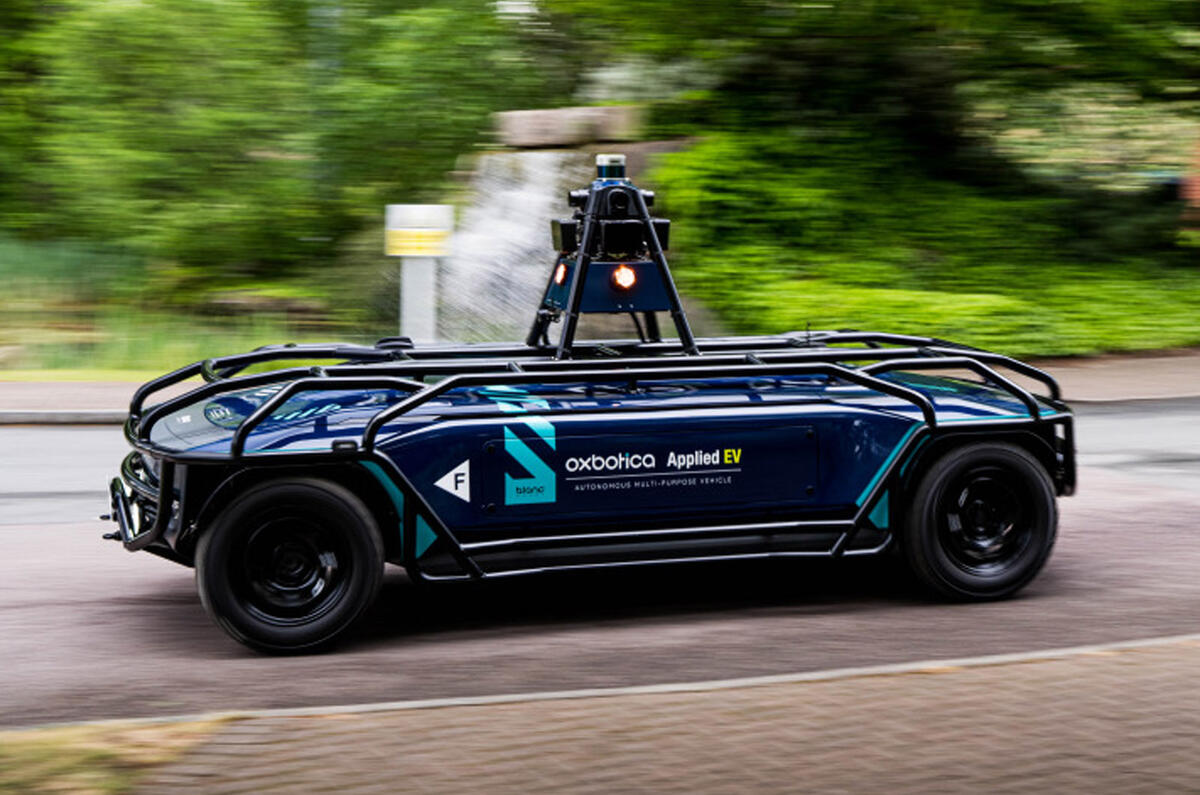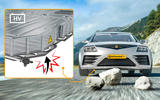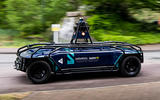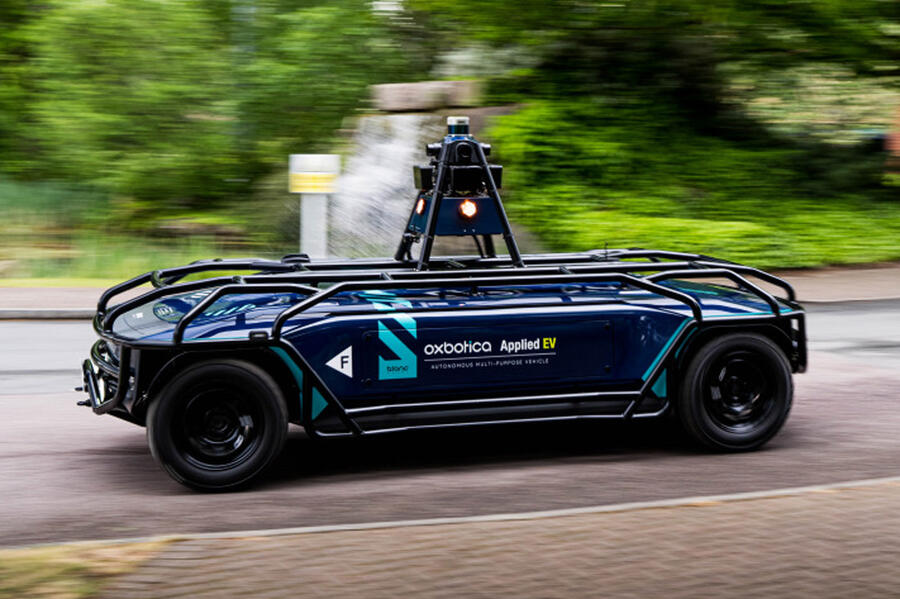“Has your battery integrity been breached?”
It’s just one of the examples of technical jargon infiltrating the language since the march of the battery-electric vehicle began. It’s a valid question, though, and while manufacturers go to great lengths to protect battery packs, it would be good to know there’s some kind of electronic sentry keeping an eye on things.
Continental – a tyre maker but in a wider sense also one of the largest developers of vehicle technology in the world – thought so. It has developed a dedicated sensing system called the Battery Impact Detection system, or BID, to do just that. Batteries are well protected but Continental reasoned that because they are usually mounted in the underfloor section, there are instances where they could potentially be at risk if the underside of the car is penetrated.
Examples include debris on the road such as lashing straps, rocks and bits of metal being thrown up beneath the car and damaging the floor, and heavy covers are used to protect the battery for that reason. But consider this: if something heavy does fly up and impact the underside of the car, at what point does the driver decide it should be checked in a workshop? In all likelihood, most drivers wouldn’t bother if all seems well and there were no warning lights.
The BID system detects any impact on the bottom of the car using pressure sensors. It can classify the type of impact the underfloor has sustained, and if it detects that the battery integrity may have been breached, it warns the driver. The system can also identify exactly where the battery has been damaged and it relays that information to the battery management system, which can then drain cells in that area to avoid any chance of a fire
As well as impacts at high speed, the system also has a role to play in low-speed situations such as if the car is grounded on a kerb. In that case, the BID could be used to trigger a fast-acting, variable ride height suspension system to lift the car for just a moment to clear the obstacle. The pressure sensor ‘satellites’ are derived from the Pedestrian Protect System, which has been around for over 10 years. The sensors consist of air-filled silicon tubes that snake around the bottom of the battery compartment.
The BID is the latest addition to what Continental calls its broad sensor portfolio, along with the high-voltage Current Sensor Module (CSM), which provides a more accurate assessment of rapid-charge current and temperature to keep the battery healthy. When a battery is charged, especially when it’s charged quickly using high current, or discharged rapidly by enthusiastic driving, it gets hot. When that happens, the temperature gradient has to be controlled to avoid damage. The CSM is a recognition of the fact that rapid charging is a trade-off between maintaining the health and safety of the battery and keeping charge times to a minimum. The more accurately that can be done, the better. A spin-off benefi t is that the CSM can also help calculate the remaining range by monitoring current consumption.








Add your comment